A Pragmatic Approach to Health-Care Development: The Wellness Village
PMB's Ben Rosenfeld takes us behind the scenes of this $580 million Inland Empire campus aiming to address gaps in health services.
It’s been a year since PMB, in partnership with Riverside University Health System, started work on a special health-care project in Mead Valley, Calif. Taking shape on 18 acres at the intersection of Harvill and Placentia avenues, The Wellness Village is a future 450,000-square-foot campus that’s set to provide behavioral health treatment, medical care and social services across five buildings ranging between 40,800 and 192,500 square feet.
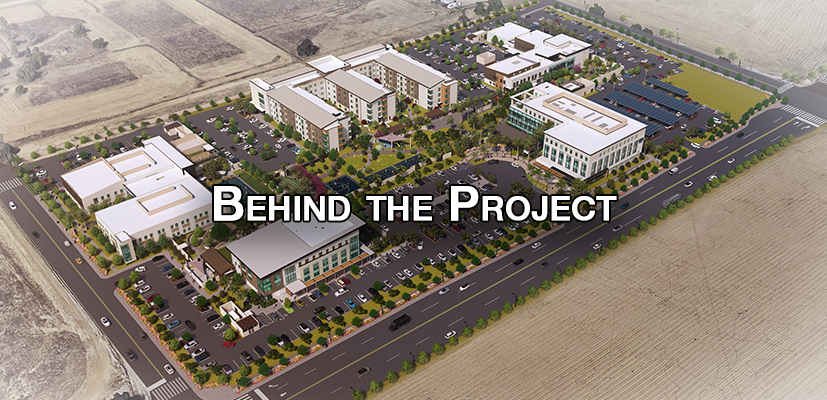
The concentration of multiple services and programs in one location will be the development’s forte. Health-care real estate developer PMB topped out the $580 million project in February, with completion slated for next year and official opening expected in early 2027.
READ ALSO: Medical Office Real Estate Trends
To date, PMB has developed more than 130 facilities totaling some 6.5 million square feet. Apart from the actual construction process, the firm’s roles within The Wellness Village project also include managing entitlements, financing, design, construction and property management. We asked Ben Rosenfeld, partner & executive vice president of development, to share the story of how this project came to be and what it means for both the community and future models of outpatient facilities.
What was the inspiration behind The Wellness Village?
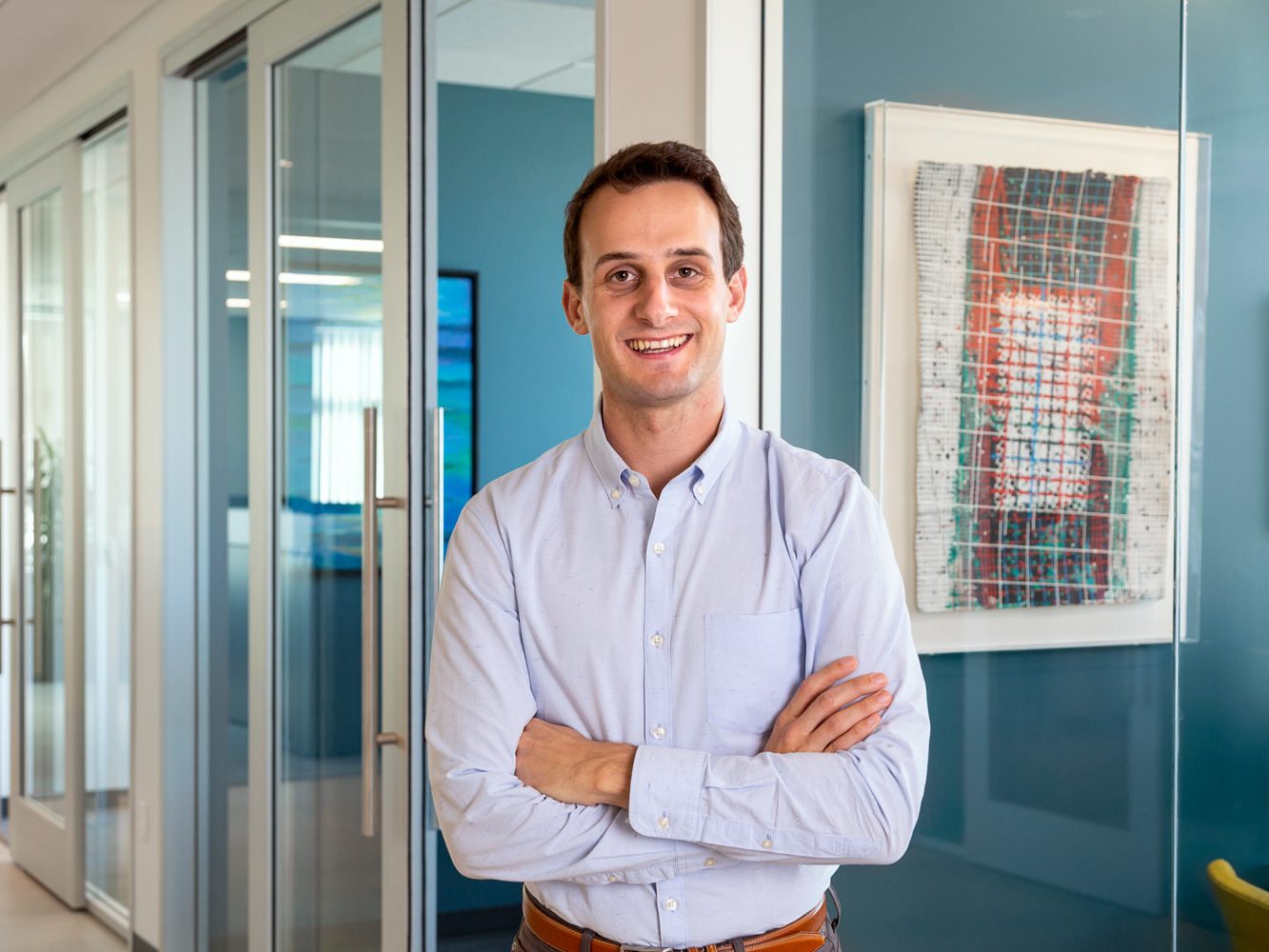
Rosenfeld: Behavioral health affects everyone—families, friends, coworkers. Riverside University Health System recognized the need for a new kind of solution: An outpatient behavioral health campus that treats the whole person across every stage of recovery. That vision became The Wellness Village.
This project will integrate behavioral health urgent care, supportive housing, residential and outpatient services, and even a full suite of primary and specialty care, dental, pharmacy and substance use treatment—all in one place. It’s about accessibility, dignity and meeting people where they are on their journey to wellness.
What have been some of the challenges so far and how did you overcome them?
Rosenfeld: Coordinating a project of this scale—with so many service lines, regulatory layers and stakeholders—is inherently complex. From securing entitlements to managing design integration across behavioral, medical and housing components, we’ve had to stay incredibly agile.
Clear communication, shared accountability and a deep commitment to the mission have kept us moving forward. A project like this demands alignment at every level—and that’s what we’ve built through our trusted design-build team of Boulder Architects and Snyder Langston.
How did you identify specifically what the county needs in terms of health care and how did that translate into the development plans?
Rosenfeld: RUHS identified service gaps and unmet needs—especially for children and youth. That’s how we ended up with the county of Riverside’s first behavioral health urgent care and crisis residential programs for children under 13.
The 18-acre campus is designed to serve every level of need: rehabilitation, urgent care, residential and outpatient care, sobering and recovery programs, supportive housing, primary and dental care. (It will also have) a pharmacy and even a WIC office.
How will the amenity package contribute to the mission of the Wellness Village?
Rosenfeld: Healing isn’t just about clinical care—it’s about environment, dignity and belonging. The Wellness Village includes therapeutic green space, a public market and a cafe—community-focused features designed to destigmatize behavioral health services and create an inclusive, welcoming space. We’re building a place where residents feel seen, supported and part of something larger.
What’s the impact of such a project on the community as a whole?
Rosenfeld: This is a game-changer. The Wellness Village closes a major gap in care for children under 13, while separately providing adults comprehensive behavioral and physical health programs. But the impact isn’t just clinical. This project will create permanent jobs, generate millions in local economic activity and free additional county resources. It’s a community investment that pays dividends in public health, public safety and economic vitality.
Do you think The Wellness Village could become a model for future health-care facilities?
Rosenfeld: Many jurisdictions are trying to expand behavioral health services. What makes this project different is how it’s delivered.
The county leveraged a public-private partnership with PMB to develop this complex project faster, more cost-effectively and without compromising public oversight. The P3 model allowed the county to retain control over design and performance standards while accelerating delivery.
READ ALSO: Why MOBs Are Still a Strong Bet for Investors
We also believe it’s not just what services are provided, but how and where they’re delivered. Colocation reduces fragmentation, maximizes efficiency and gets people the help they need before their condition escalates. Over time, this model will ease pressure on ERs, reduce hospitalizations and allow all county resources and partners the opportunity to work at ‘the top of their license.’ That’s the system-level impact we expect to see—and hope to replicate.
How do you see the evolution of health-care development in the upcoming decade?
Rosenfeld: The need for behavioral health services will only grow—and so will demand for smarter, more collaborative delivery models. We expect to see more public-private partnerships like this one, where public systems work with experienced developers to create comprehensive campuses tailored to local needs.
The Wellness Village is not a one-size-fits-all solution. But its focus on continuum-of-care delivery, integration and purpose-built environments is a model we believe others will follow.
We’re proud to play a small role in projects that reimagine how care is delivered—and to support communities in building places that improve social infrastructure.

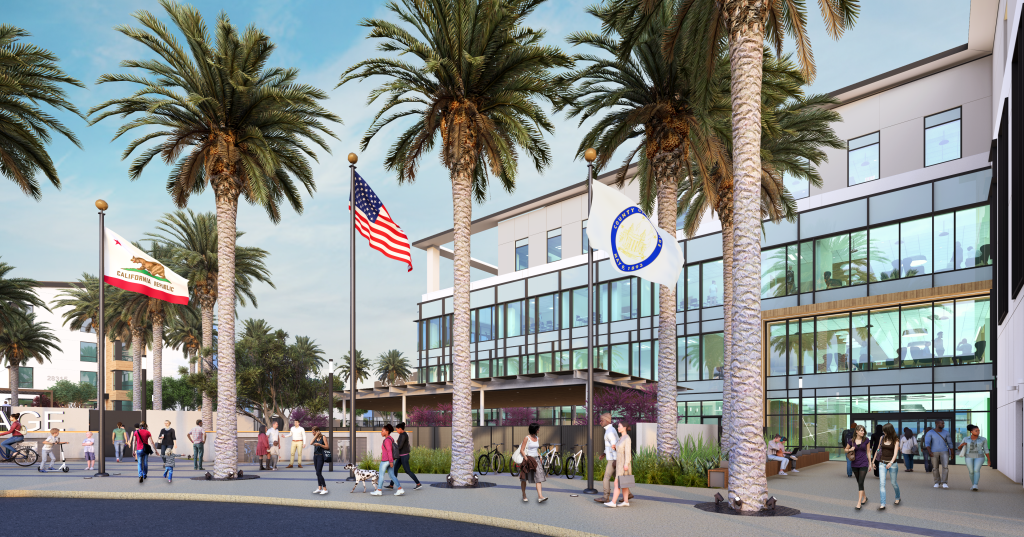
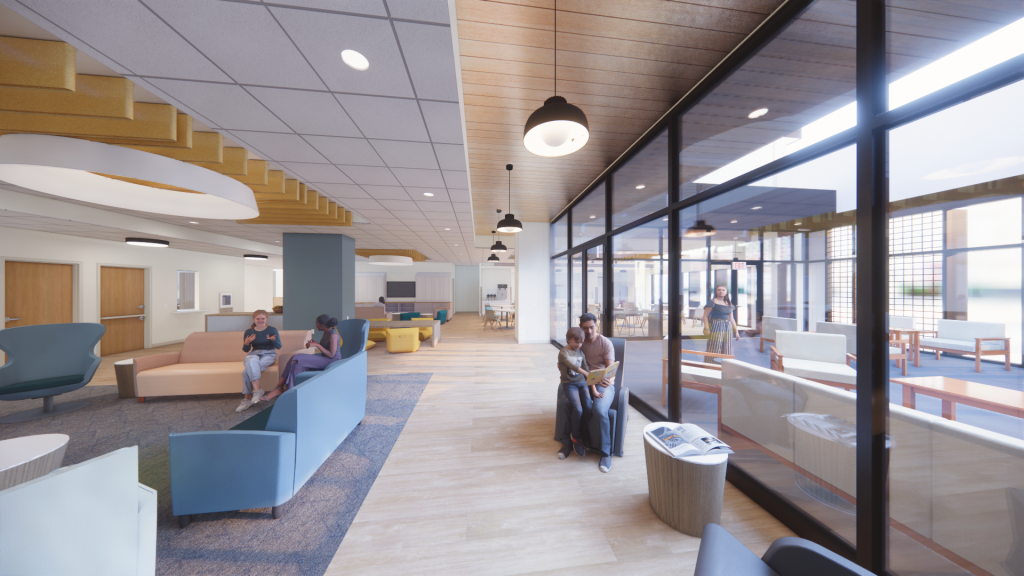
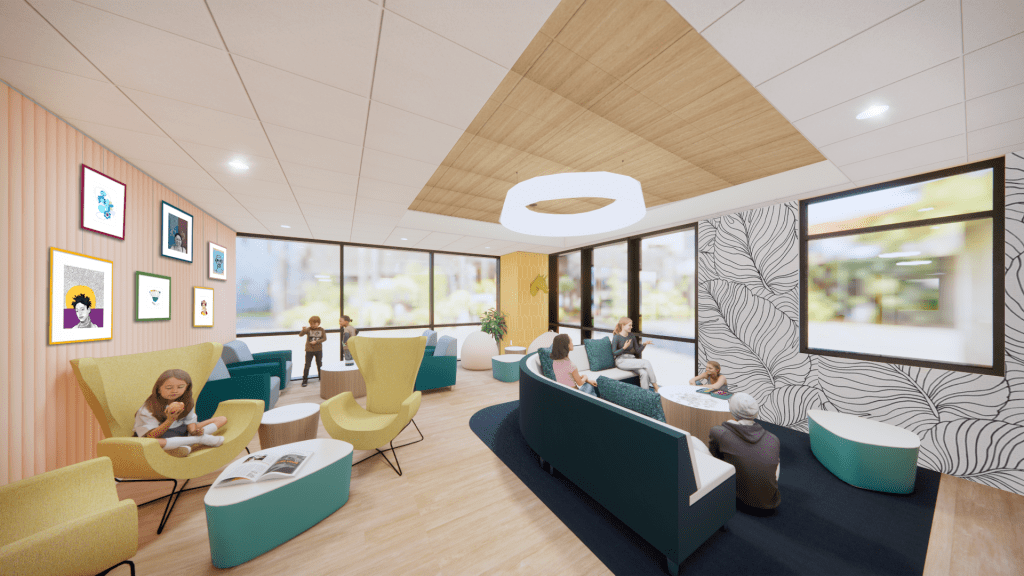
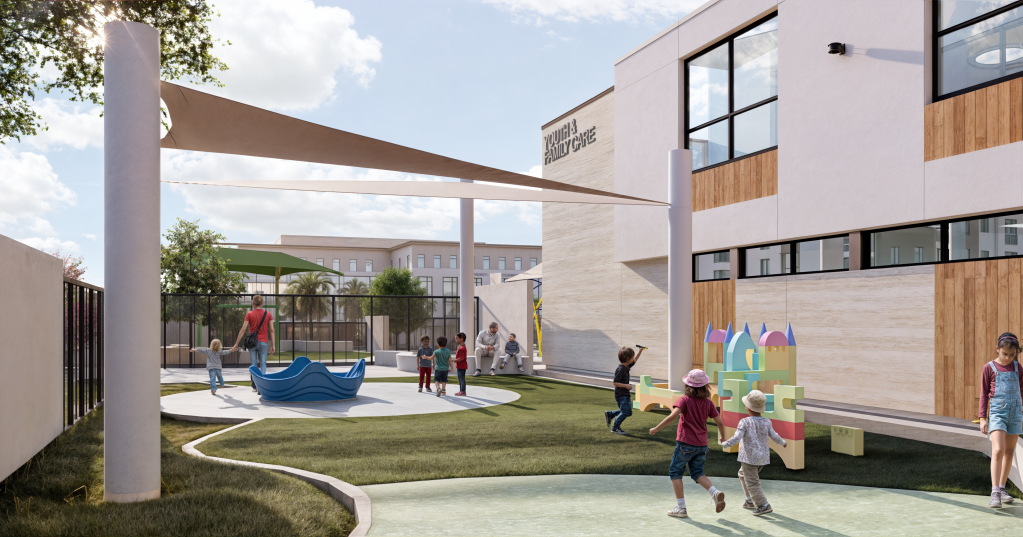
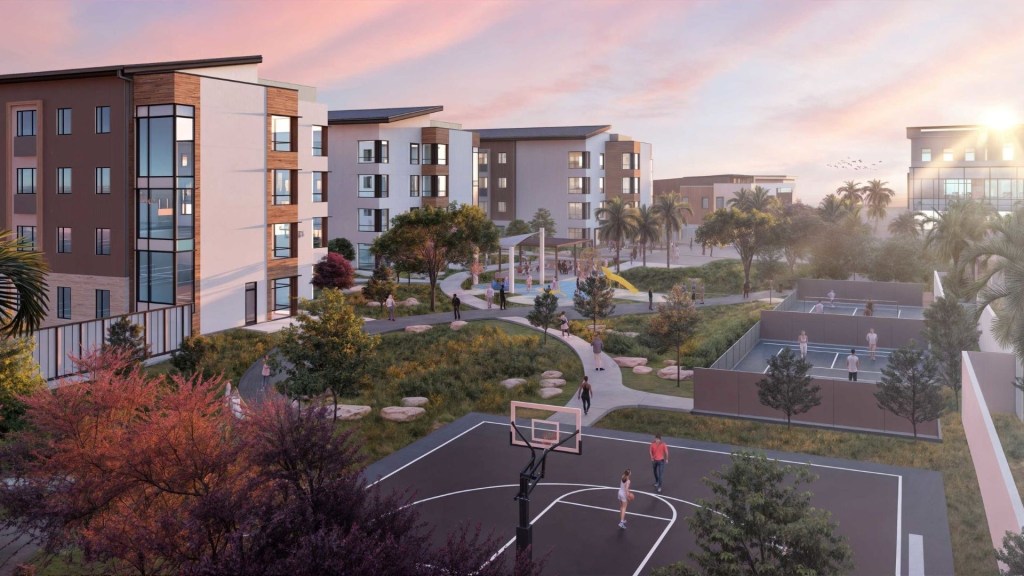
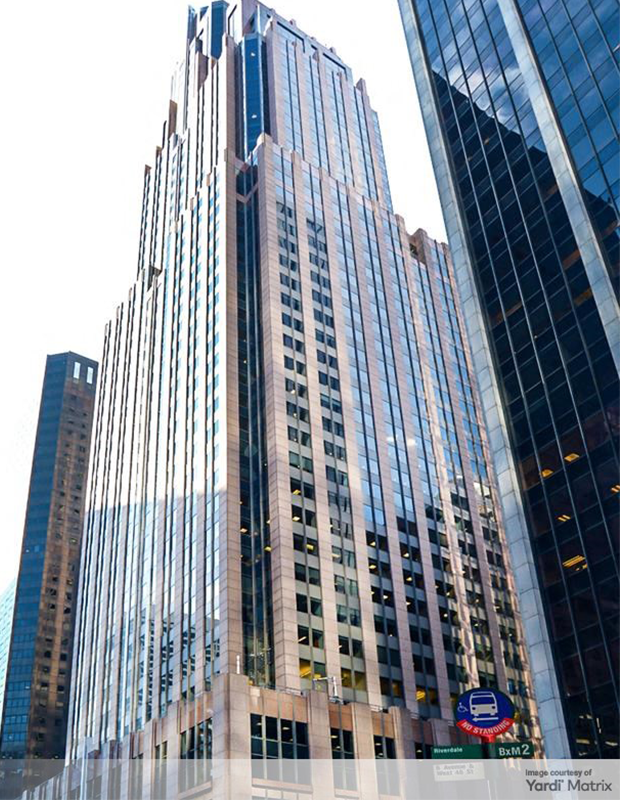
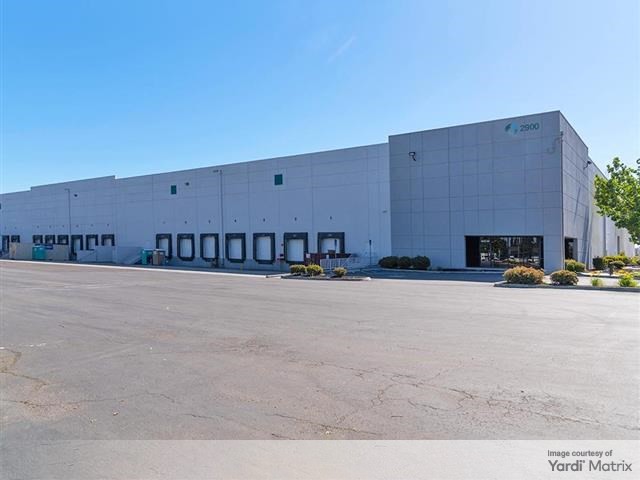
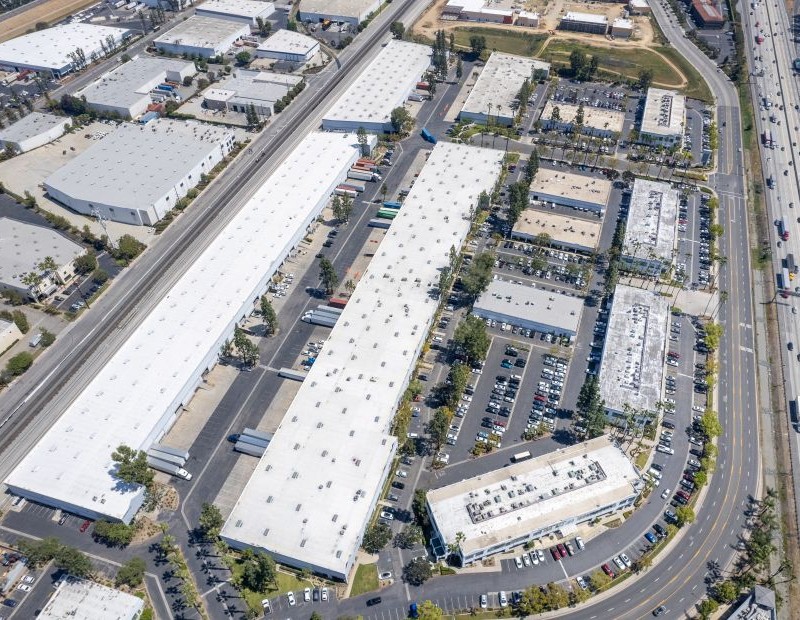
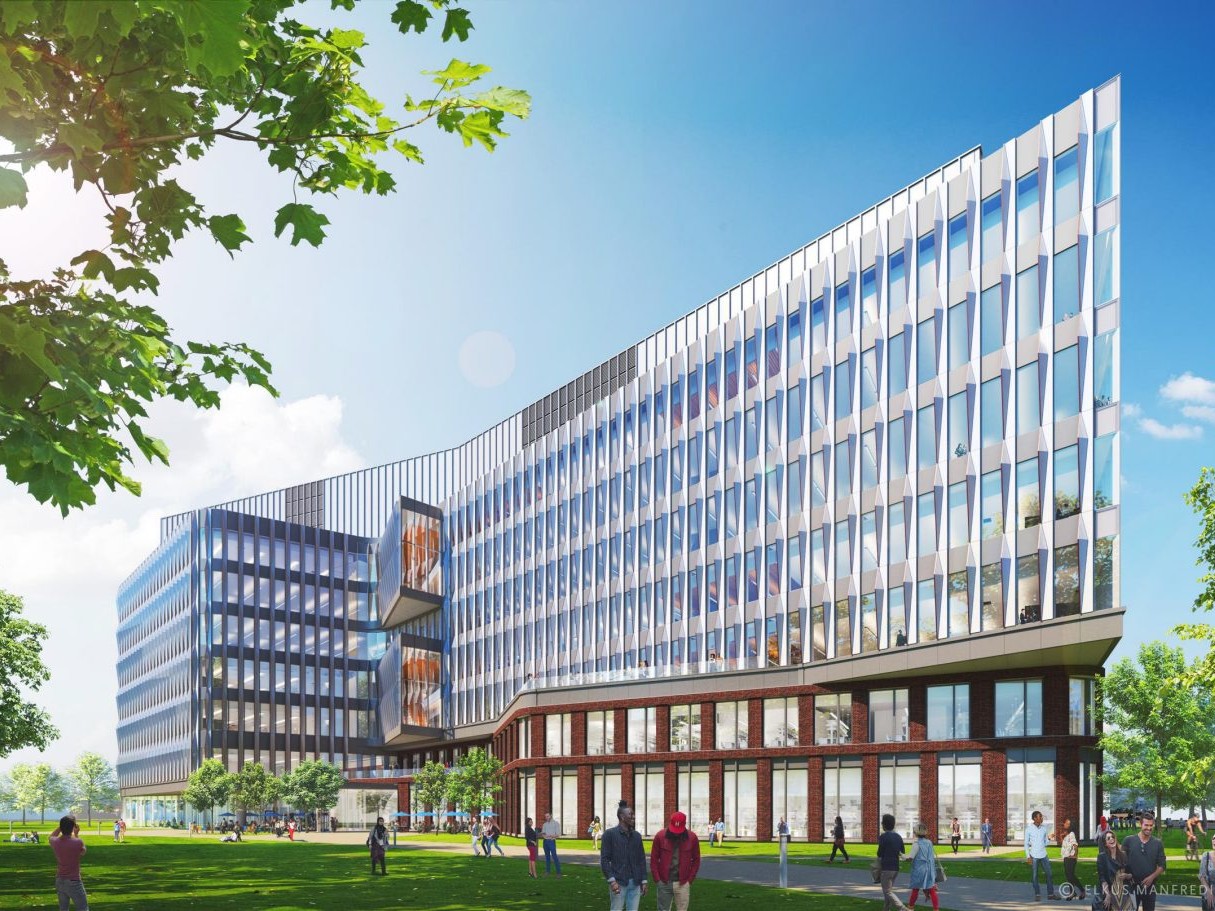
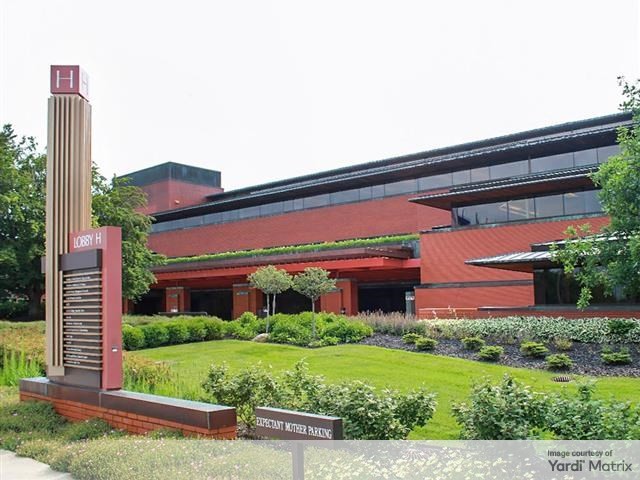
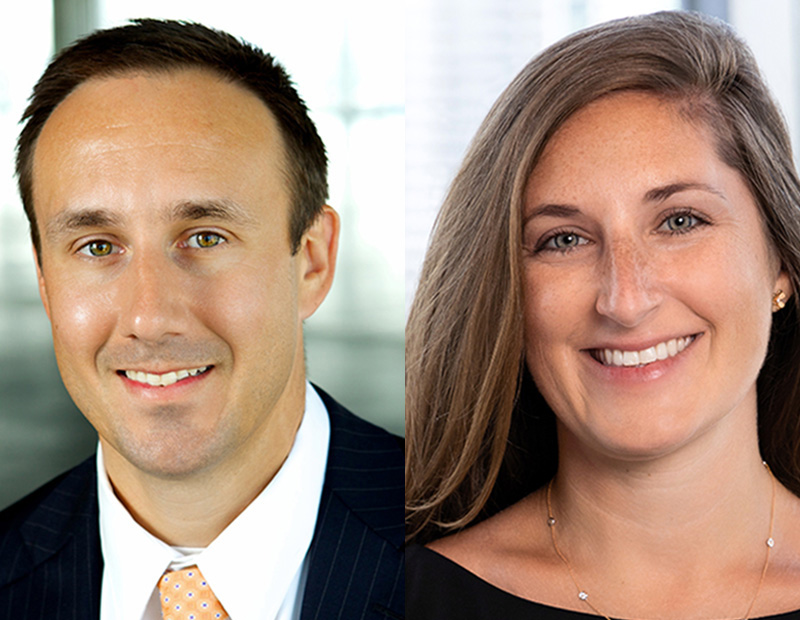
You must be logged in to post a comment.